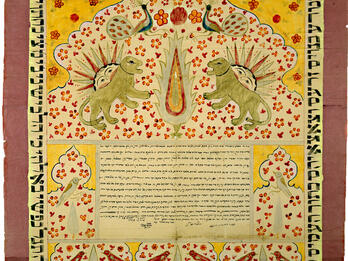Ivan the Terrible
Mark Antokolski
1871
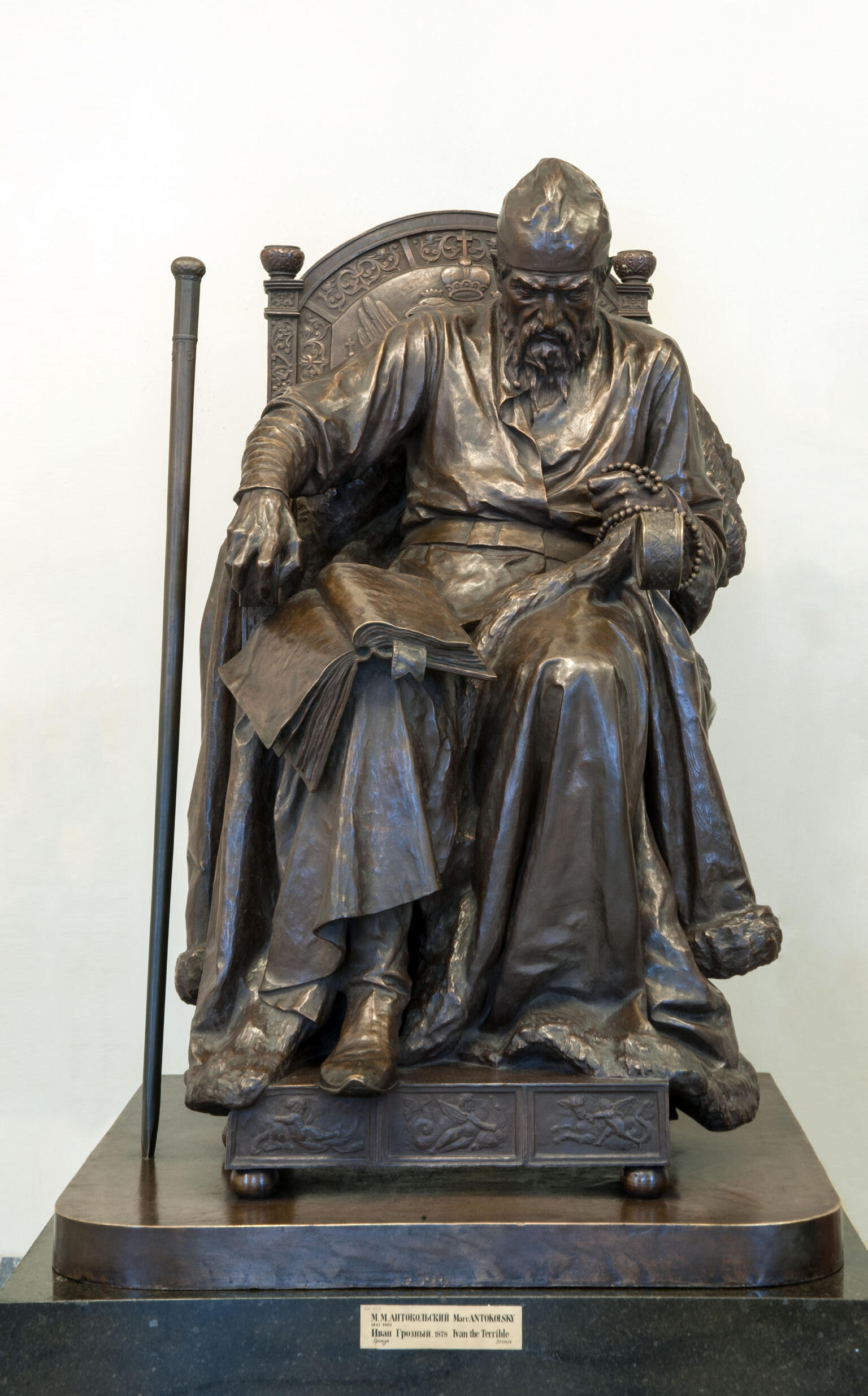
Creator Bio
Mark Antokolski
Born in Vilna, Mark Antokolski studied at the Imperial Academy of Fine Arts in St. Petersburg, where, in 1864, he won the Great Silver Medal for A Jewish Tailor. Other early sculptures on Jewish history were The Miser (1865), The Kiss of Judah Iscariot (1867), The Talmudic Debate (1869), and Inquisition (1869). When Antokolski turned his attention to Russian history, his Ivan the Terrible (1871) impressed Emperor Alexander II, who acquired it for the Hermitage. Other Russian subjects included Peter the Great, Tolstoy, and Turgenev. In the 1870s, Antokolski left Russia and settled first in Rome and then, from 1877, in Paris, where his subject matter included figures from the European philosophical and humanist tradition, including Socrates and Spinoza. Antokolski won first prize in sculpture at the Paris Exposition of 1878.
You may also like
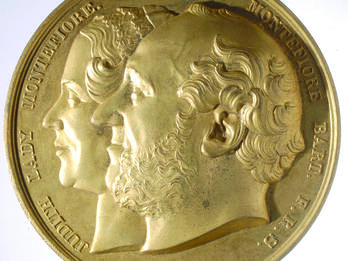
Medal with the Image of Judith and Moses Montefiore
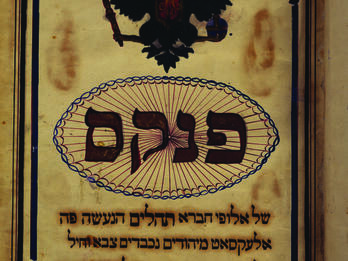
Minute Book of Psalms Society Serving in the Russian Army
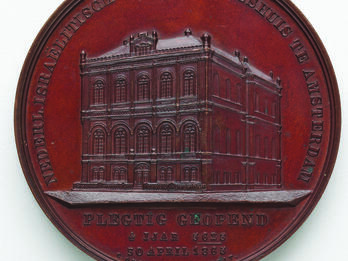
Medal Commemorating the Opening of the Dutch Jewish Orphanage in Amsterdam
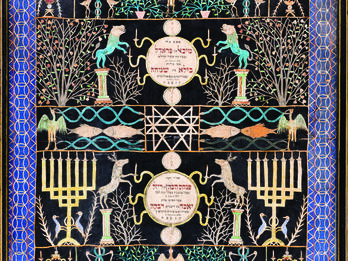
Paper Cut—Yortsayt
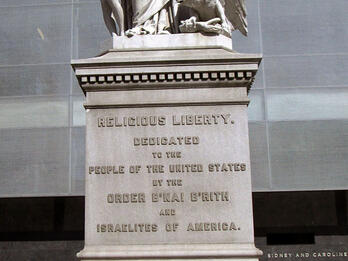
Religious Liberty Monument
